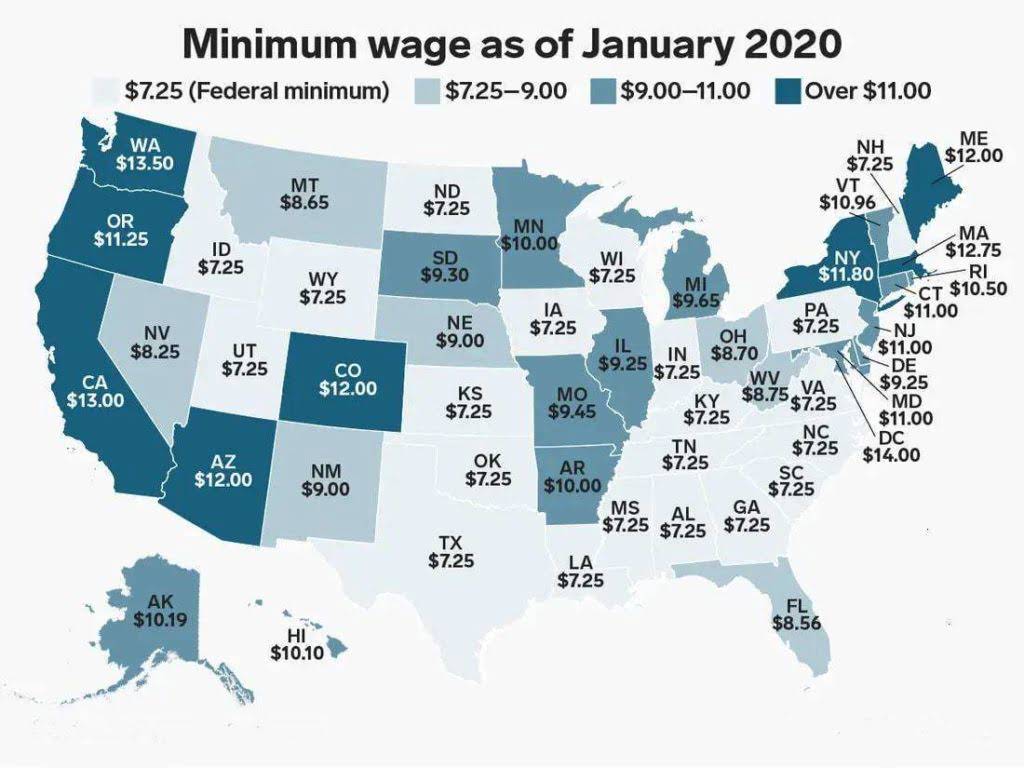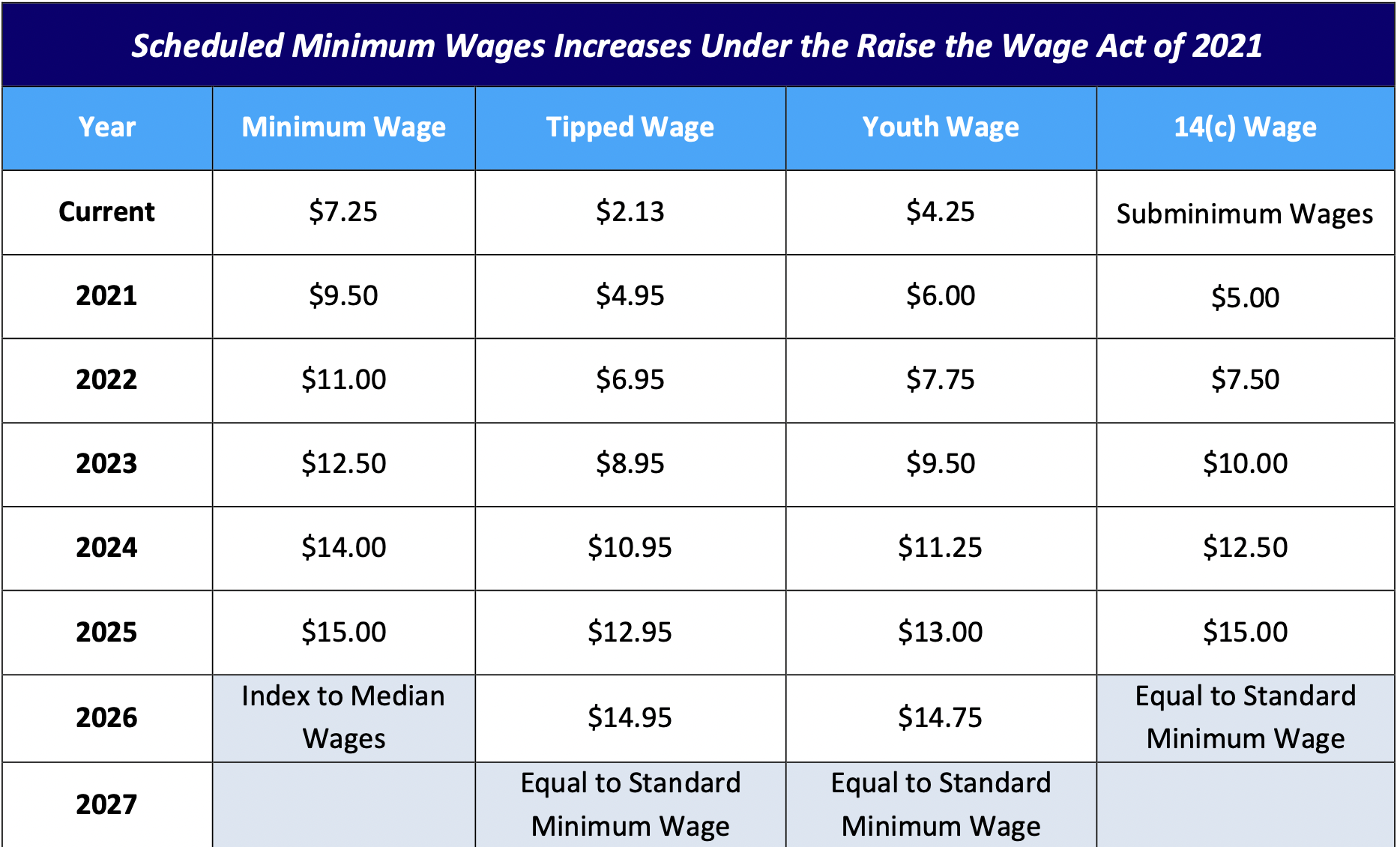

This assumption means that CBO believes many more workers will experience sufficient wage growth to put them above the level at which they would be affected by the rising federal minimum wage. CBO also assumes noticeably stronger baseline wage growth for low-wage workers than we do-i.e., wage growth occurring without any change in the federal minimum wage.CBO assumes that wage values more than 25 cents below the existing minimum are the result of employer noncompliance and those workers will not be affected by the rising federal wage floor. For this reason, EPI assumes that reported or imputed hourly wage values as low as 80 percent of the existing binding minimum wage are likely the result of measurement error and that these workers will benefit from a rising minimum. There is considerable measurement error in the hourly wage values reported in the Current Population Survey-the data source for both CBO’s and our analyses-particularly because some wage values must be imputed from nonhourly workers’ reported weekly wages and their reported usual hours worked. CBO is more restrictive than we are about including workers who report wages below the existing minimum wage.4 As best we can tell, our estimates differ from theirs for two reasons: In a recent report, the Congressional Budget Office (CBO) estimated that a $15 minimum wage in 2025 would raise the wages of up to 27.3 million low-wage workers. 3 Phasing in the increases over one additional year also reduces the number of workers affected and the wage impact of the proposal-as some workers who would have been paid wages in the affected range in 2024 will likely be paid wages above the affected range by 2025. 2 Since our February analysis, New Jersey, Illinois, Maryland, and Connecticut all enacted $15 state minimum wages, thus significantly reducing the number of workers who would be impacted by the change in the federal minimum wage, as these workers will already have received raises from their rising state minimum wages. EPI’s Minimum Wage Simulation Model, which we use to produce these estimates, accounts for all existing state and local minimum wage laws so that the results describe only the impact of the proposed federal minimum wage change.

The biggest difference between the estimates in that analysis and the estimates presented here are changes in state minimum wages that have been enacted since February. 1 In that analysis, we estimated that nearly 40 million workers would have gotten a raise from that proposed increase.

The proposal being voted on is similar to one that we analyzed in February, which would have raised the federal minimum wage to $15 by July 2024. More details on the schedule of increases, the affected workforce, the effect on workers’ wages, and the estimated impact by state can be found in the tables at the end of this fact sheet. Domestic workers are entitled to 24 hours of consecutive rest each week, and receive premium pay if they work during such period.Įmployees receive 1 hour of pay at minimum wage rate in addition to owed wages when spread of hours exceeds 10 hours, there is a split shift, or both.Who would benefit if the federal minimum wage is raised to $15 by 2025?Ī total of 33.5 million workers would benefit, including: Therefore, overtime hours for all non-exempt workers are now any hours worked over 40 in a payroll week.Įmployers operating a factory, mercantile establishment, hotel, restaurant, freight/passenger elevator, or theater or a building employing security guards, janitors, superintendents, managers, engineers, or firemen must provide 24 hours of consecutive rest each week. Under the new hospitality regulations, residential workers ("live-in workers") are now entitled to overtime for hours worked over 40 in a payroll week, instead of the prior 44 hour requirement. The New York minimum wage equals the federal minimum wage when set below the federal rate. These rates are in effect from Decemthrough December 30, 2023. Premium Pay After Designated Hours 1 : Weekly - 40 Basic Minimum Rate (per hour): $14.20 $15.00 (Long Island, Westchester, & NYC)


 0 kommentar(er)
0 kommentar(er)
